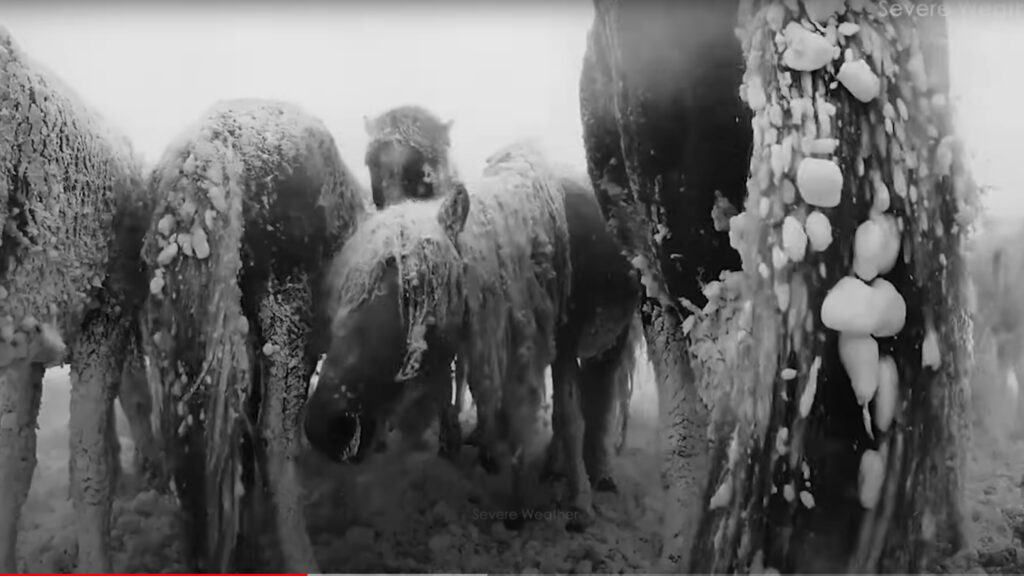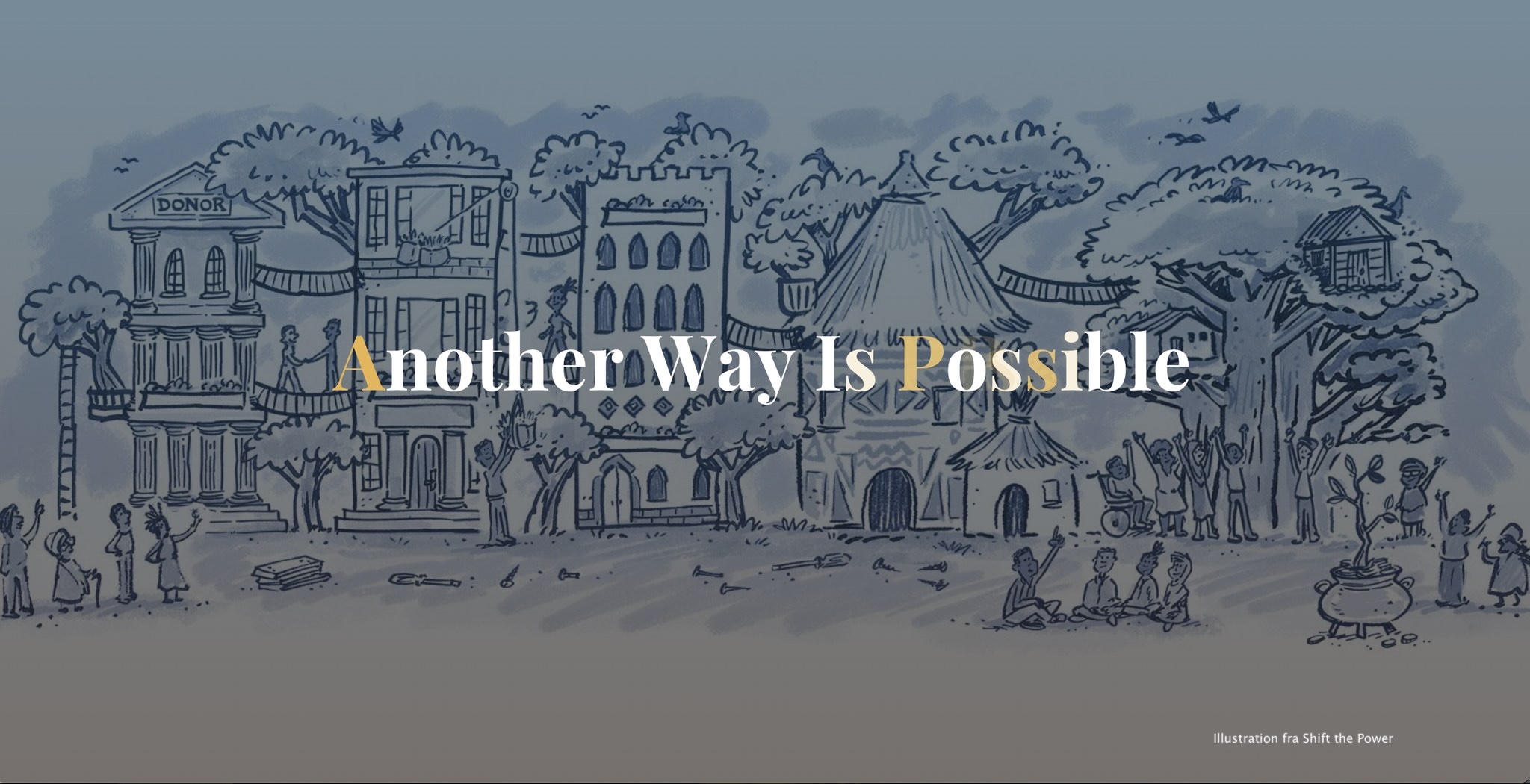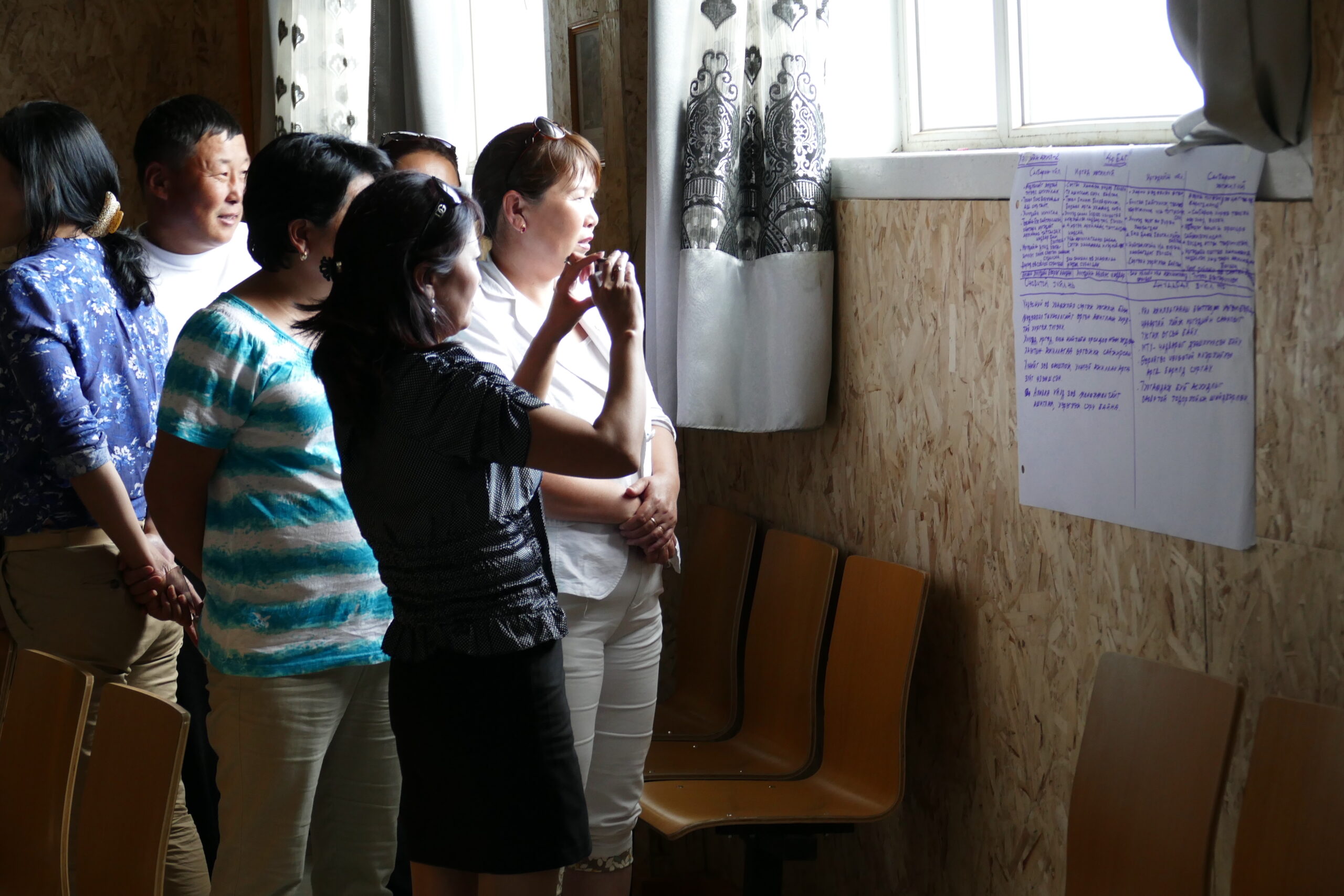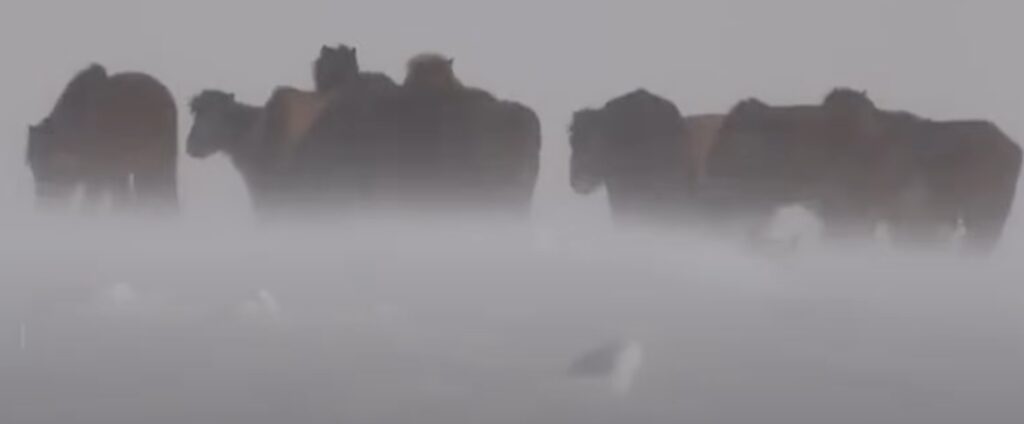
There are many kinds of zud. And it’s not just a very cold winter with lots of snow, as it’s often mistakenly described. Zudis a recurring endemic disaster[i] with many variations, but what they all have in common is that it leads to mass deaths of nomadic animals. As of mid-March 2024, this year’s zud has claimed the lives of nearly 4.7 million animals, which is about 6.6% of the total number of livestock.
Mongolia is about 40 times the size of Denmark and has an extremely high degree of differences in topography and vegetation. The country as such, meaning the entire country, is not necessarily affected by zud. For now, 90% of Mongolia may, as the UN announced in February, be affected by or be at risk of zud. In some areas, mass livestock deaths are caused by an extraordinary amount of snow, which means that the animals can’t scrape down to the grass on which they would otherwise feed. In other areas, it’s an unfortunate combination of thaw and hard frost that leaves an impenetrable layer of ice over the grass. Sometimes, there is too little snow, which, together with hard frost, means that the animals can’t absorb enough water.
If the summer and autumn weather has resulted in poor grazing, animals are weakened going into winter. Sometimes, the animals are further weakened because the grazing areas are overloaded. There are simply too many livestock in today’s Mongolia. Around 72 million. More than twice as many as professionals recommend in relation to the existing grazing areas. This often means that nomads must travel further to grazing areas than they should. And longer travels mean weaker animals. Lousy weather in summer and fall makes for a lousy harvest. Stocks of (disaster) feed for the winter are not full.
As mentioned, zud is a recurring phenomenon. Records show that some form and degree of zud has occurred in one or more areas of Mongolia for almost half of the winters since records began in 1940.
Until the collapse of socialism in 1990-91, it was primarily the large negdels – cooperatives/collective farms – who were responsible for the livestock, and although good was also a disaster for nomads under socialism, the social and economic infrastructure of the time meant that the individual nomadic family was not left alone with zud challenges and that the local capacity to deal with the disaster was simply bigger and stronger. The author of this article remembers how Western consultants involved in supporting the galloping privatization of Mongolian agriculture in the early 1990s shook their heads at the fact that under socialism, hay and straw had been delivered to livestock in need by helicopter!
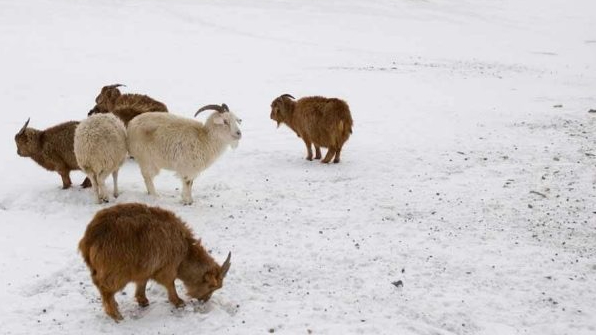
What about the schools under zud?
According to UNICEF, the schooling of almost 63,000 girls and boys has been affected by Zud. Unfortunately, we do not yet have specific figures for how ‘our’ project schools and their students and families have been affected, but hopefully, we will have data on this in the spring.
Changing the holiday periods is one traditional way of adapting schooling to the zud. Therefore, winter vacation was extended from immediately after the Mongolian New Year in mid-February to last into March, depending on local conditions.
It is estimated that around 5,200 children had to stay at home due to the extremely heavy snowfall in certain regions or because families had moved to remote pastures and weather conditions made it impossible for children to return to school after vacation.
For students in school, there is a great tradition of solidarity with nomadic families who are fighting for the lives of animals and themselves during the zud. This can range from raising money for emergency relief to providing moral support. We found another great little amateur video showing a school class energetically expressing support and solidarity with nomadic families struggling with zud.
Unfortunately, there is no translation, but we can reveal that the class, an ordinary school class in one of the schools in our project, gives energetic moral support to the nomads fighting for their and the animals’ survival. A famous poem for that region, paying tribute to the nomads, is recited together. Several students stand up, as they still do in Mongolia, and express their appreciation and wish the nomads good luck.
Fortunately, there are also nomadic families who are not severely affected by zud . Some of them are involved in our project’s efforts with home-based school preparation for their five-year-old children, who will start school this summer. A few photos of practicing at home on the floor in the warm ger.
[1] Stolpe, Ines (2011): Zud in der Mongolei: Perspektiven auf wiederkehrende endemische Katastrophen. In: Mongolische Notizen (19) 2010/2011: 44-60. Online: 2011_Stolpe_Zud in der Mongolei.pdf

